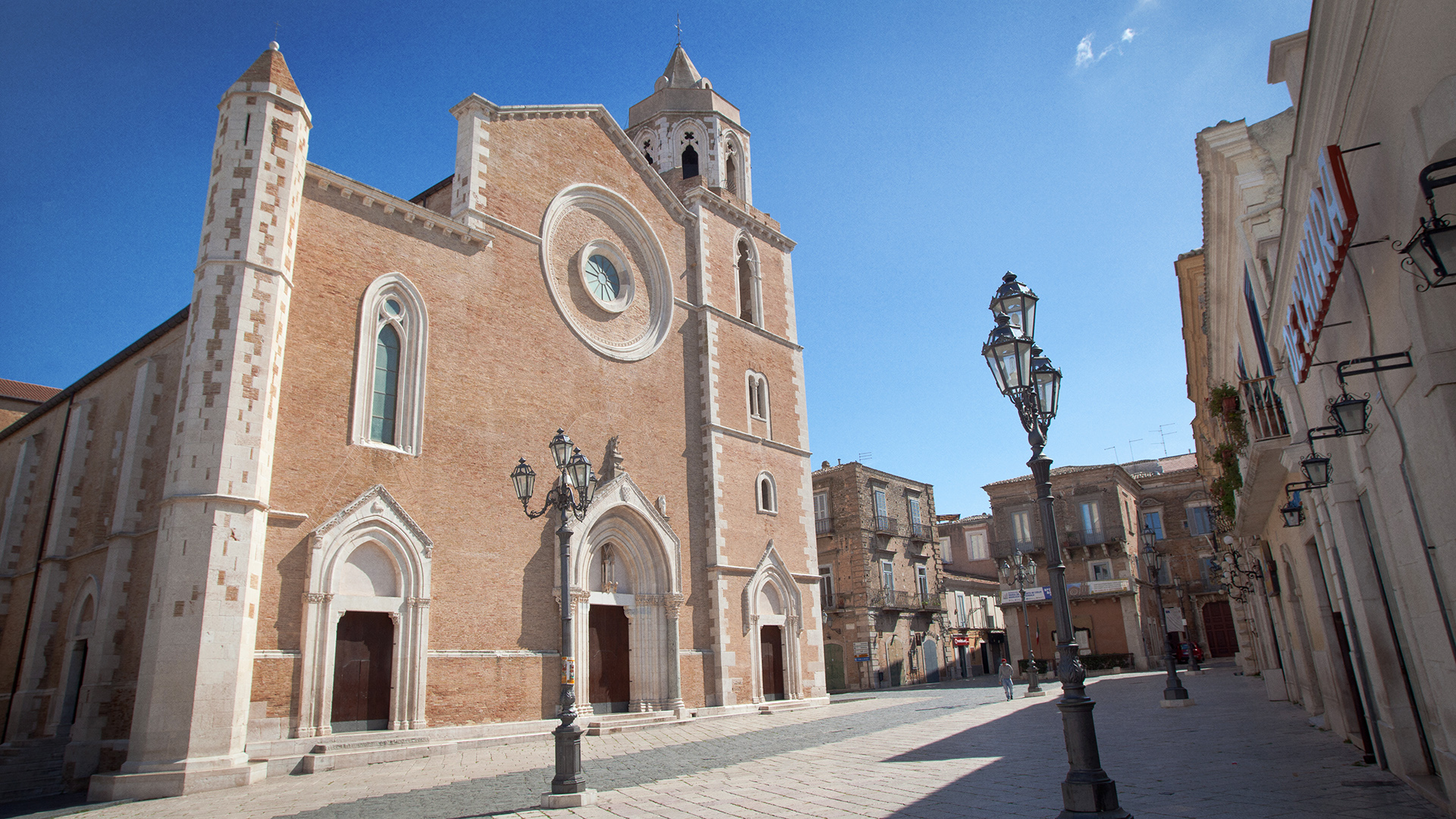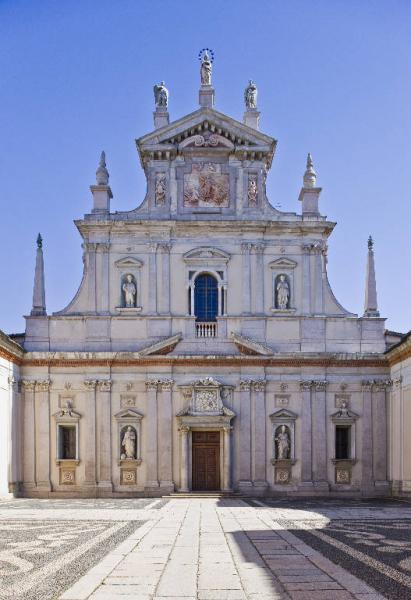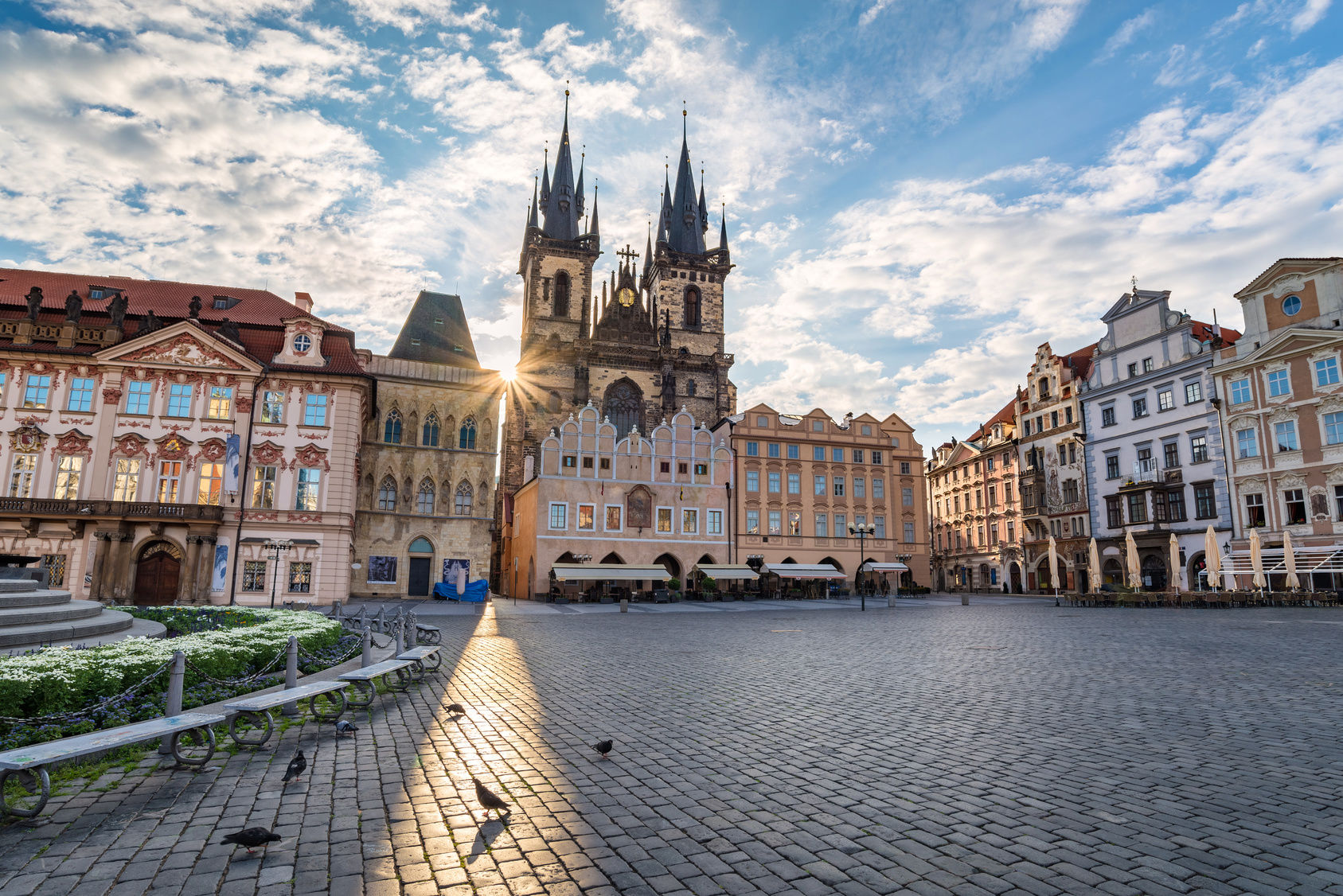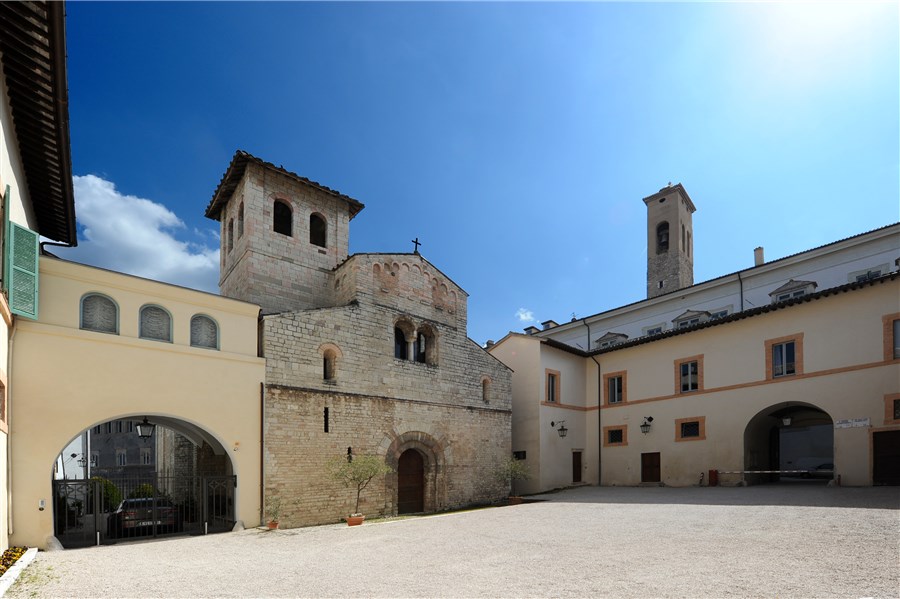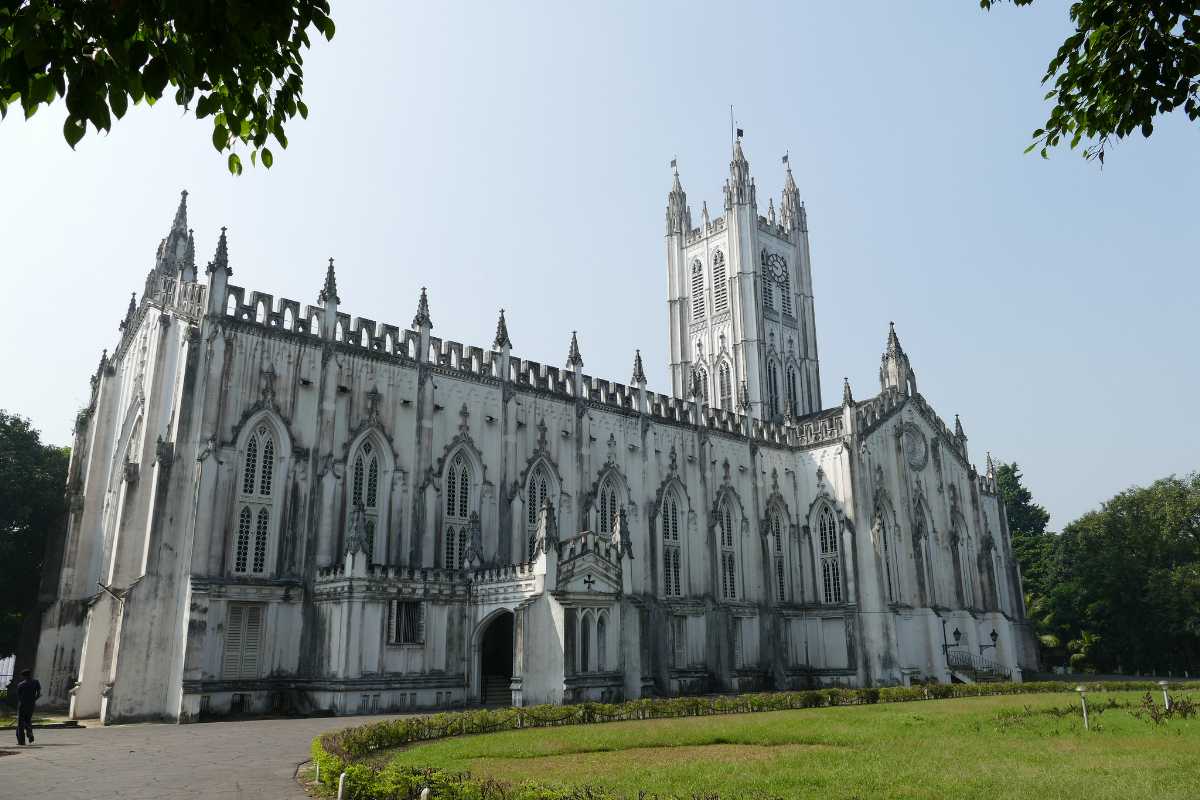The cathedral basilica of Santa Maria Assunta, in the heart of the city of Lucera, is an example of Gothic-Angevin architecture. The Cathedral, built at the behest of Charles II of Anjou and consecrated in 1302, is the main church of the city and also the cathedral of the diocese of Lucera-Troia, declared a minor Basilica in 1834 by Pope Gregory XVI and a National Monument in 1874. Inside it preserves the miraculous icon of Saint Mary Patroness of Lucera, the relics of Blessed Agostino Casotti and a wooden crucifix of 1300. In fact, its right side is occupied by a square bell tower with an octagonal lantern at the top. On the left side there is an octagonal tower.
In the bell tower one of the three entrance portals opens. The central one is framed inside an aedicule supported by columns and surmounted by the coat of arms of the Angevins; in the lunette of the portal is carved a Madonna and Child of the XIV century. Above the central door there is a rose window which is not particularly significant, while above the left portal there is a high lancet window.
The interior of the cathedral has three naves divided by pillars, with a transept and three apses in Gothic style, one for each nave. The ceiling is trussed.
